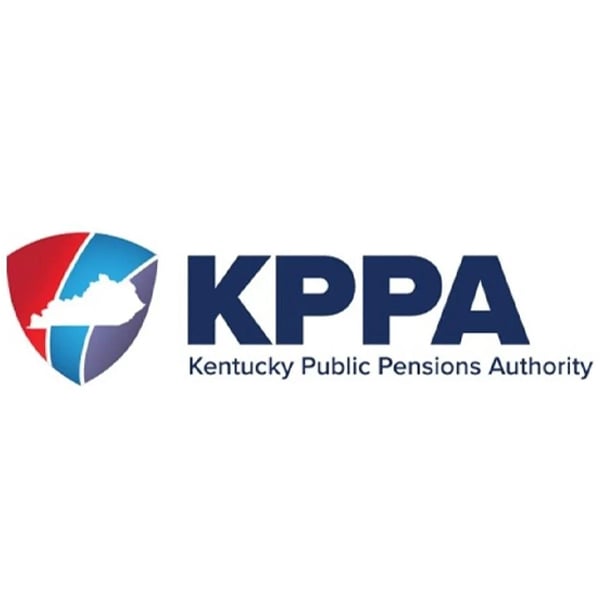In new research to be published in the journal Education Next, Stanford University researcher Dr. Eric Hanushek details considerable gains to state and national gross domestic product (GDP) associated with increases in student achievement.
Hanushek and his colleagues estimate the gains to GDP associated with various increases to student achievement over an 80 year period. For Kentucky, this means if student achievement equals that of Minnesota, gains to state GDP over the next 80 years would be $1 trillion – five times the current level. If all Kentucky students achieve at the “Basic” level or higher on National Assessment of Education Progress (NAEP), the gains to state GDP would be $335 billion.
Nationally, if student achievement increases to that of the top state, Minnesota, gains to GDP would be $76 trillion – four times the current level. If all states achieve the “Basic” level or higher over the next ten years on the NAEP exams, the gains to GDP would be $32 trillion.
These findings reinforce data from the University of Kentucky’s Center for Business and Economic Research that show beneficial returns to public investment in all levels of education – from early childhood through postsecondary. These positive benefits include better employment outcomes, higher earnings, more tax revenue, lower crime rates, less chronic disease, and lower demand for public service programs.
“This research paints a clear picture – that Kentucky’s long-term economic success is linked to increased student success from the early years through postsecondary,” states Brigitte Blom-Ramsey, Executive Director of the Prichard Committee for Academic Excellence.
“We’ve risen from the bottom to the middle of the education rankings nationally in one generation and it’s time to push ever higher. To do this we need to focus on the strategies and investments that will increase achievement and close achievement gaps for the current generation of students in Kentucky’s schools.”
The Prichard Committee for Academic Excellence is an independent statewide advocacy organization dedicated to the improvement of education for all Kentuckians.
School improvement efforts can benefit individuals’ earnings and balance state budgets, says Hanushek. “As the skills of today’s students improve, the skills of tomorrow’s workers advance. Realizing these gains does require a sustained commitment on the part of a state’s political leaders. But if we are to achieve prolonged economic growth in our nation, we have no choice but to strengthen the skills of our people.”
Since 1970, the gap between the poorest and wealthiest states’ Gross Domestic Product (GDP) has widened considerably, from $5,000 to nearly $12,000 per capita. Hanushek and his team attribute this widening, in part, to states’ differing levels of knowledge capital, measured as workers’ educational attainment combined with their test-score performance. Knowledge capital indicates the skill-level and earning potential of a state’s labor force.
See the full Education Next report here, which includes interactive maps.
From Staff Report and Prichard Committee



















While I do think there is a return for better education, the estimate process used in It Pays is dubious. For sure, one finding in the report, shown in Figure 4, is really doubtful. It shows Kentucky’s adult population has the fifth best education level in the nation! I don’t even think Ms. Ramsey from Prichard would agree with that.